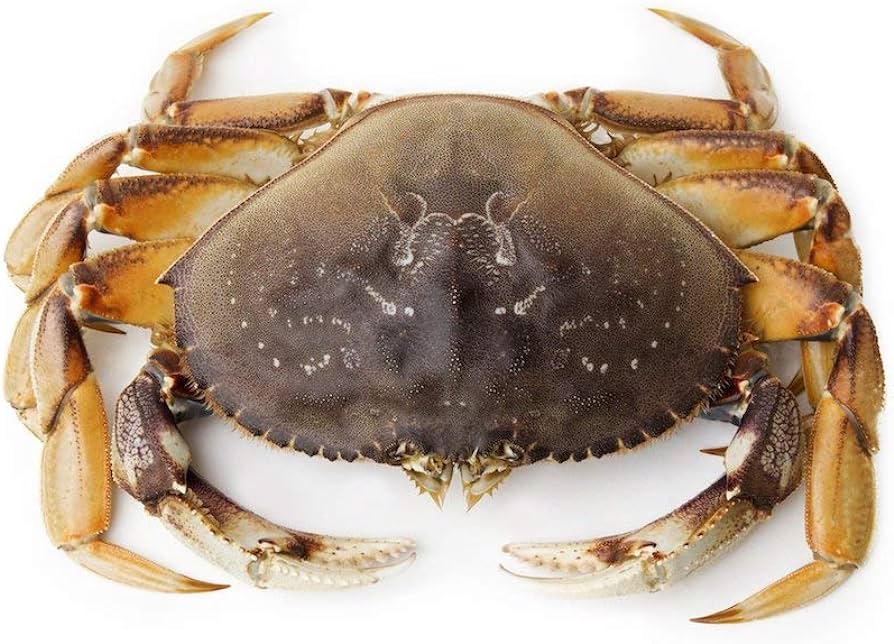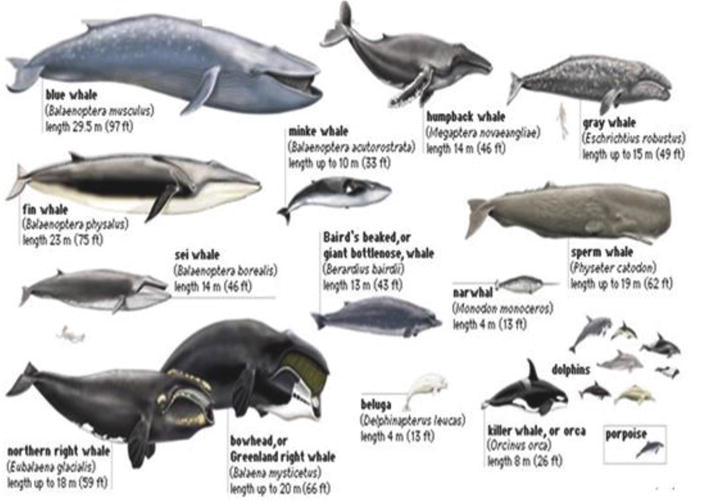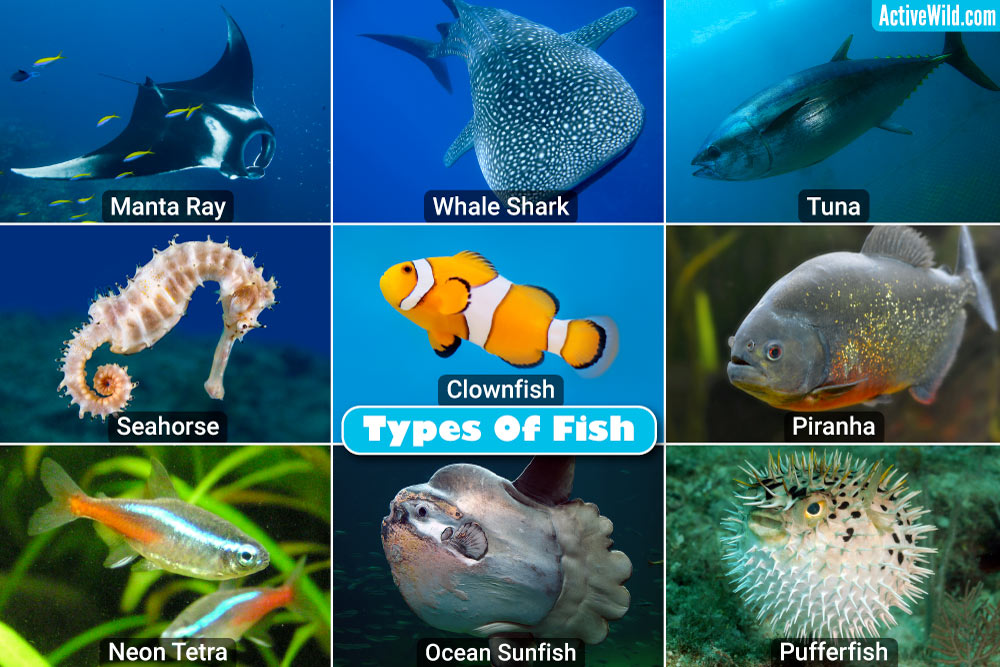Dungeness Crab: A Culinary Delight and Icon of the Pacific Northwest
The Dungeness Crab, an Icon of the Pacific Northwest===
The Dungeness Crab, scientifically known as Metacarcinus magister, is a highly prized crustacean that has become an iconic symbol of the Pacific Northwest. Renowned for its succulent meat and sweet flavor, this crab species has captured the hearts and palates of seafood enthusiasts around the world. With its distinctive characteristics, extensive habitat, and vital importance to the region’s economy and culture, the Dungeness Crab holds a special place in the hearts of locals and visitors alike.
===The Dungeness Crab’s Unique Characteristics and Habitat===
The Dungeness Crab is easily identifiable by its hard shell, which ranges in color from light reddish-brown to purple. Its body is adorned with sharp spines and equipped with powerful claws that can crush shells and prey with ease. These crabs are known for their remarkable size, with adult males reaching an impressive width of up to ten inches. Their preferred habitat includes sandy or muddy areas of the Pacific Ocean, from the Aleutian Islands in Alaska to the central coast of California.
Dungeness Crabs are opportunistic feeders, consuming a diverse diet that mainly consists of small fish, clams, mussels, and other crustaceans. They are also known to scavenge on decaying matter, showcasing their role as nature’s cleaners. These crabs are most active during the winter months when they migrate towards shallow waters to reproduce. The females carry thousands of eggs beneath their abdomen until they hatch, ensuring the continuity of the Dungeness Crab population.
===Catching Dungeness Crab: Methods and Regulations===
The capture of Dungeness Crab is regulated to ensure sustainability and protect the population. Commercial crabbers utilize various methods, including traps and pots, to catch these delectable crustaceans. The traps are baited with fish or squid to entice the crabs inside. Once captured, the crabs are carefully handled to minimize stress and damage to their delicate limbs. Extensive regulations govern the size of the crabs that can be harvested, with a minimum size limit set to ensure that smaller crabs have a chance to grow and reproduce.
Recreational crabbing is also a popular activity among locals and tourists. Individuals can obtain licenses and use traps or hoop nets to catch their limit of Dungeness Crab. Similar size limits and seasonal restrictions apply to maintain the balance of the crab population and prevent overfishing. These regulations exemplify the Pacific Northwest’s commitment to sustainable fishing practices.
===Culinary Delights: Exquisite Recipes Featuring Dungeness Crab===
Dungeness Crab is celebrated for its succulent, sweet, and delicate meat, making it a favorite ingredient in a variety of culinary creations. From classic crab cakes to luxurious crab bisques and refreshing crab salads, the possibilities are endless. One popular dish is the Dungeness Crab Louie, a salad composed of fresh greens, avocado, hard-boiled eggs, and, of course, succulent Dungeness Crab meat. Moreover, the crab can be steamed, boiled, grilled, or used as a filling for sushi rolls and seafood pasta. Its versatility and exquisite flavor make it a prized ingredient in the Pacific Northwest’s vibrant culinary scene.
===Economic and Cultural Significance of Dungeness Crab===
The Dungeness Crab fishery plays a vital role in the economy of the Pacific Northwest. It supports numerous jobs in commercial fishing, processing, and distribution, providing a source of income for coastal communities. Local restaurants and seafood markets benefit from the high demand for Dungeness Crab, attracting visitors from far and wide. The crab also holds significant cultural importance, with its inclusion in traditional meals and festive occasions. Celebrations like the Pacific Northwest’s annual Dungeness Crab festival showcase the communal appreciation for this culinary treasure.
===Conservation Efforts to Preserve Dungeness Crab Population===
Recognizing the importance of preserving the Dungeness Crab population, conservation efforts have been implemented to ensure the long-term sustainability of this iconic species. These efforts include strict regulations on fishing quotas, size limits, and seasonal closures to allow for breeding and growth. Collaborative research projects help monitor crab populations, providing important data for informed decision-making. Additionally, public awareness campaigns promote responsible fishing practices and encourage the public to support sustainable seafood choices. These conservation initiatives are crucial in safeguarding the Dungeness Crab and the unique ecosystems it inhabits.
Celebrating the Dungeness Crab===
The Dungeness Crab stands as a culinary delight and beloved symbol of the Pacific Northwest. Its unique characteristics, expansive habitat, and delectable meat make it a treasured ingredient in the region’s cuisine. The economic and cultural significance of the crab cannot be overstated, as it supports local livelihoods and brings people together through shared gastronomic experiences. Through conservation efforts and responsible fishing practices, the Pacific Northwest is committed to preserving the Dungeness Crab population for generations to come. Whether enjoyed in a classic recipe or in innovative culinary creations, the Dungeness Crab will continue to captivate seafood lovers and remain an enduring icon of the Pacific Northwest.



